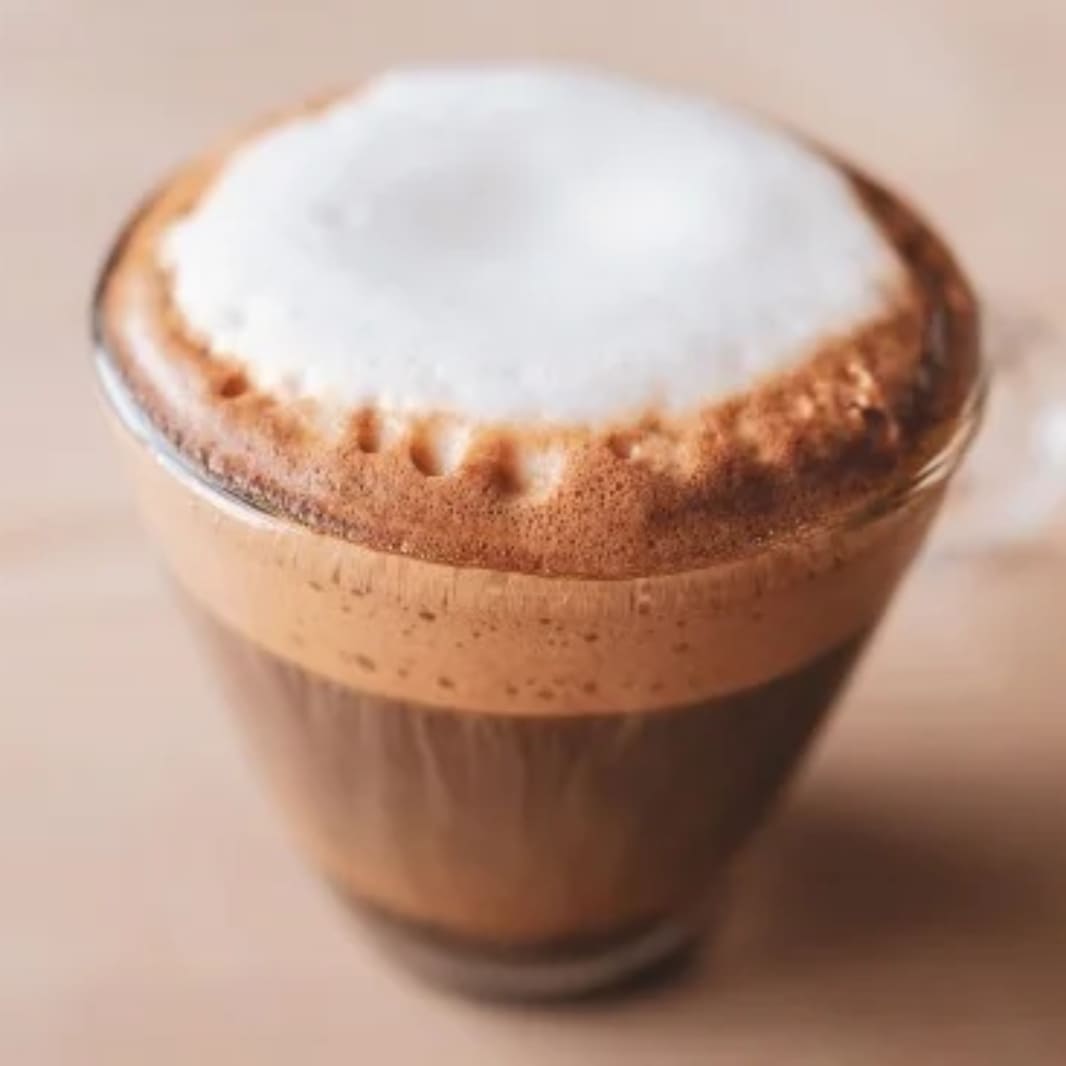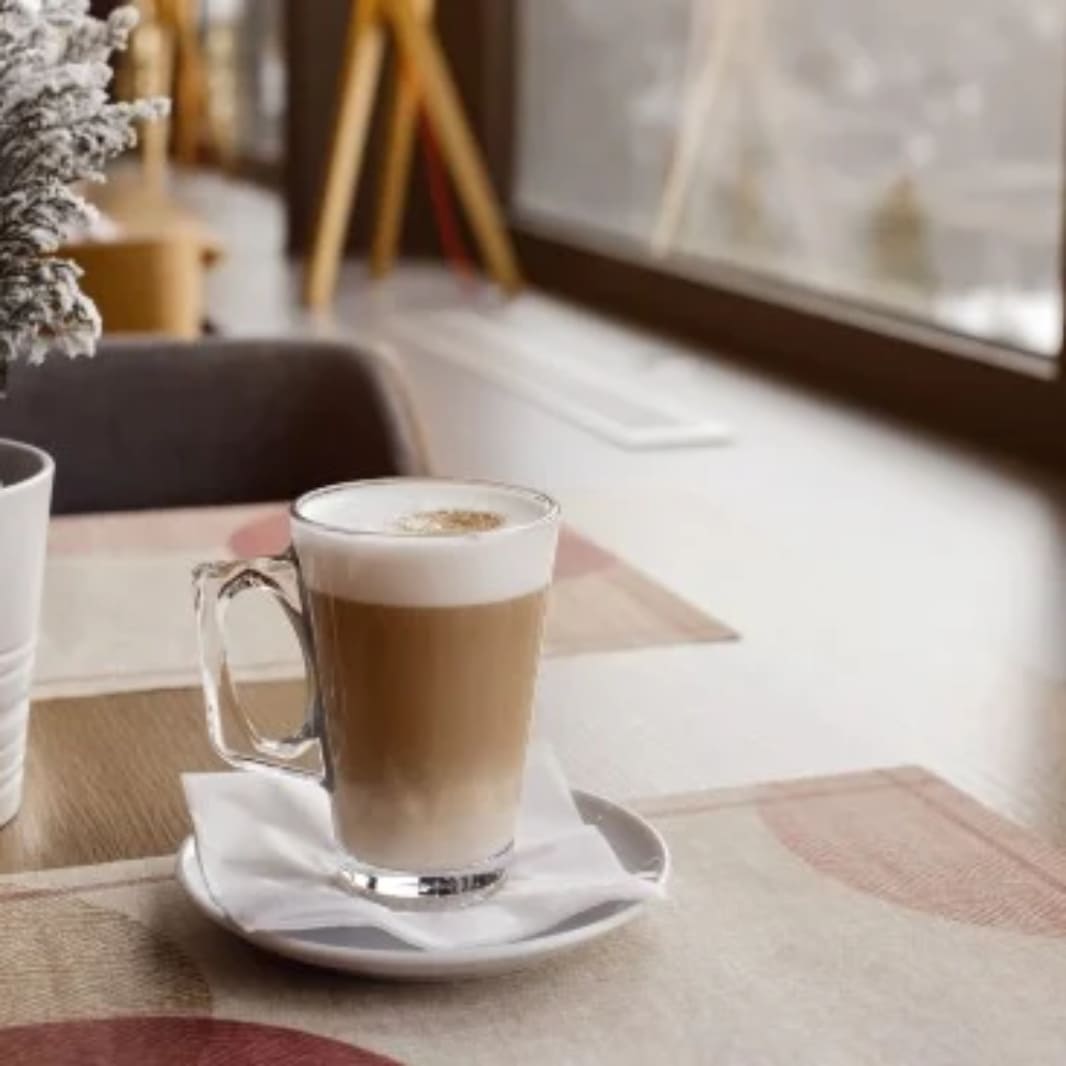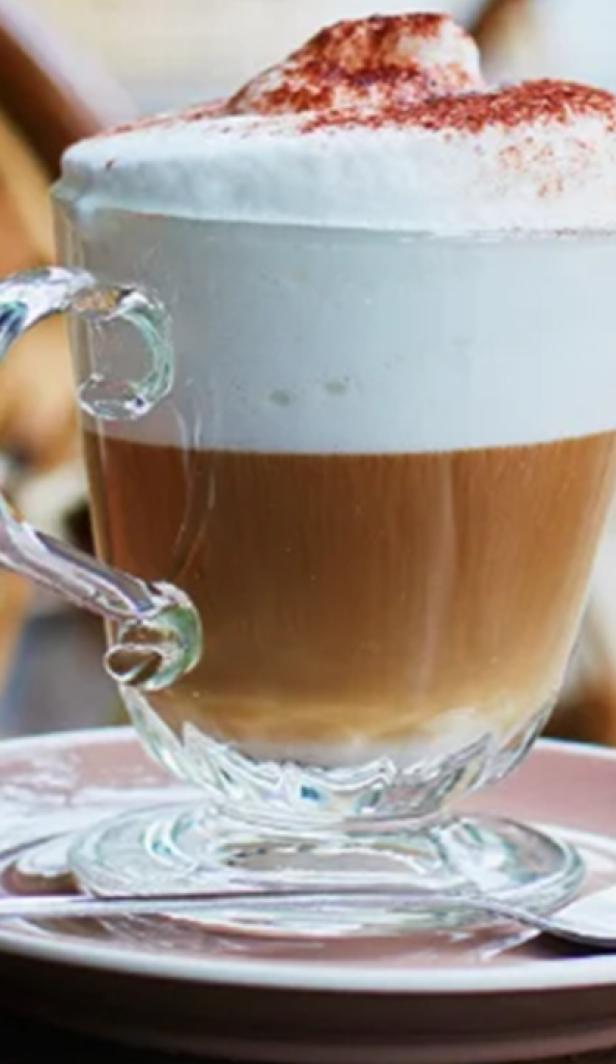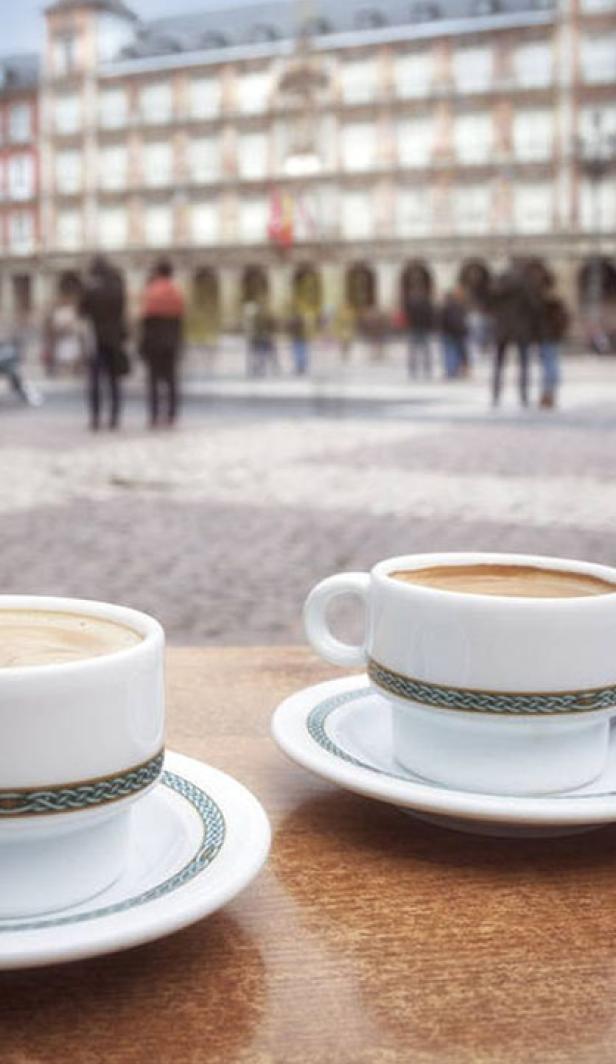An Italian’s day is situated around coffee
The morning starts with a Cappuccino, this wonderfully frothy coffee is typically consumed before 11am. It’s a general rule that milky coffees are for mornings only and are never drank after a meal.
The afternoon brings the Caffe Macchiato into play. This Italian coffee contains much less milk than other types and is usually served in a demitasse cup. Due to its smaller size, it’s not uncommon for a few cups to be enjoyed throughout the afternoon.
After dinner, Espresso’s are common place, but be warned – it’s not called an Espresso in Italy! Called Caffe (coffee), or Caffe Normale (normal coffee), this type is served black and enjoyed in small doses. It’s likely you’ll discover people sipping it all throughout the day, however it’s often the go to after dinner drink.
No time for latte art
Italian coffee is served fast and it’s truly a wonder to watch the master baristas during a rush period. Due to the quick nature of the creation, you won’t find any latte art on your drinks, but that doesn’t mean that there’s a compromise when it comes to flavour. One thing for sure is that no matter where in Italy you stop for your coffee, the taste will always be consistently delicious.
A cup for every coffee
In Italy, you’ll discover that each coffee type has its own precise glass or cup, so don’t expect to find any supersize portions here. Also, takeout is a very rare concept and the only exception is at train stations – so your standard paper to go cups won’t be found in most cafés.
Una pausa
Italians refer to a coffee break as ‘una pausa’, which translates directly to a pause. This means that Italian cafés aren’t places to stop for hours to chat with your friends or family members, but rather somewhere to quickly drink your Caffe Normale and go. And, coffee will usually be drank at the bar with the locals or perched at a tiny table.
The spiritual home of coffee
Despite Italy being the spiritual home of coffee, it may surprise you to learn that no coffee is grown there at all. The reason Italy is thought to be one of the greatest coffee hotspots of the world is the fact that their baristas and roasters are masterful with their techniques. Each individual involved in the Italian coffee process takes pride in their work and follow rigorous practices to ensure each blend and cup is as perfect as the last.
Italian coffee facts to note
The Italian coffee culture is truly full of some interesting traditions which are completely different from the way coffee is consumed in other destinations around the world. A few key coffee facts to be aware of are:
- • The type of coffee bean that’s used largely depends on the region, however Arabica is the most common place and sometimes this is mixed with Robusta too.
- • The steam-driven espresso machine was first pioneered in Italy.
- • Italy doesn’t grow or produce any coffee beans.
- • You won’t find any coffee infused milkshakes or frappes – this is considered sacrilege to Italian coffee culture.
- • Chains are a rarity in Italy, it’s primarily dominated by independently run cafés.
- • Coffee will commonly be served with a small glass of water to cleanse the palate.
- • Italian coffee is drunk regularly and in small amounts.
Italian coffee types
Italy is home to some of the most cherished coffee types in the whole world. A few of the most popular ones you’ll be familiar with are:
What is it?
Caffe
Perhaps the most common type in the whole of Italy, the Caffe is an Espresso – a small but strong cup of coffee.

What is it?
Cappuccino
The Cappuccino is one of the most universally loved Italian coffees. Characterised as 1/3 espresso, 1/3 steamed milk and 1/3 foam, this drink is all about the perfect balance between the three elements.

What is it?
Caffe Macchiato
When translated, Caffe Macchiato means ‘stained coffee’, so this drink is literally coffee with a splash of (usually) foamed milk.

What is it?
Caffe Latte
If you order just a Latte in Italy, you’ll likely just be presented with a glass of milk, so if you want the milky coffee you know and love, remember to order a Caffe Latte instead. Consisting of 1/3 Espresso and 2/3 heated milk with a little foam on top, this coffee falls into the ‘before 11am bracket’ for Italians.

What is it?
Caffe Ristretto
This coffee type is an even smaller version of the typical Italian Caffe – usually found in less than a 20ml serving. It’s also said that the flavour of a Ristretto will differ too and will be less bitter than a standard Espresso.

What is it?
Caffe Lungo
The Caffe Lungo means long or extended, which is due to the lengthened extraction time of the initial ‘Espresso’. The result is less body and a more bitter taste than the standard Espresso or Caffe.

What is it?
Caffe Doppio
Literally meaning ‘double coffee’, this drink is a double shot of coffee in a cup. Typically, Italian’s prefer to have several cups of Caffe rather than one Caffe Doppio, due to the fact that Italian coffee is commonly enjoyed little and often.

What is it?
Caffe Americano
Despite the name, this coffee is stronger than the usual American cup. Consisting of Espresso where hot water gets added after which allows the crema to mix in and create an even taste.

Now you know everything there is to know about Italian coffee and can drink your brew like the locals! Want to set your taste buds off on another adventure? Visit our article on Australian coffee next.
Today’s community favourites


Join the My Perks community!
Enjoy prizes, discounts, expert tips, recipes, exclusive offers and more with My Perks.



